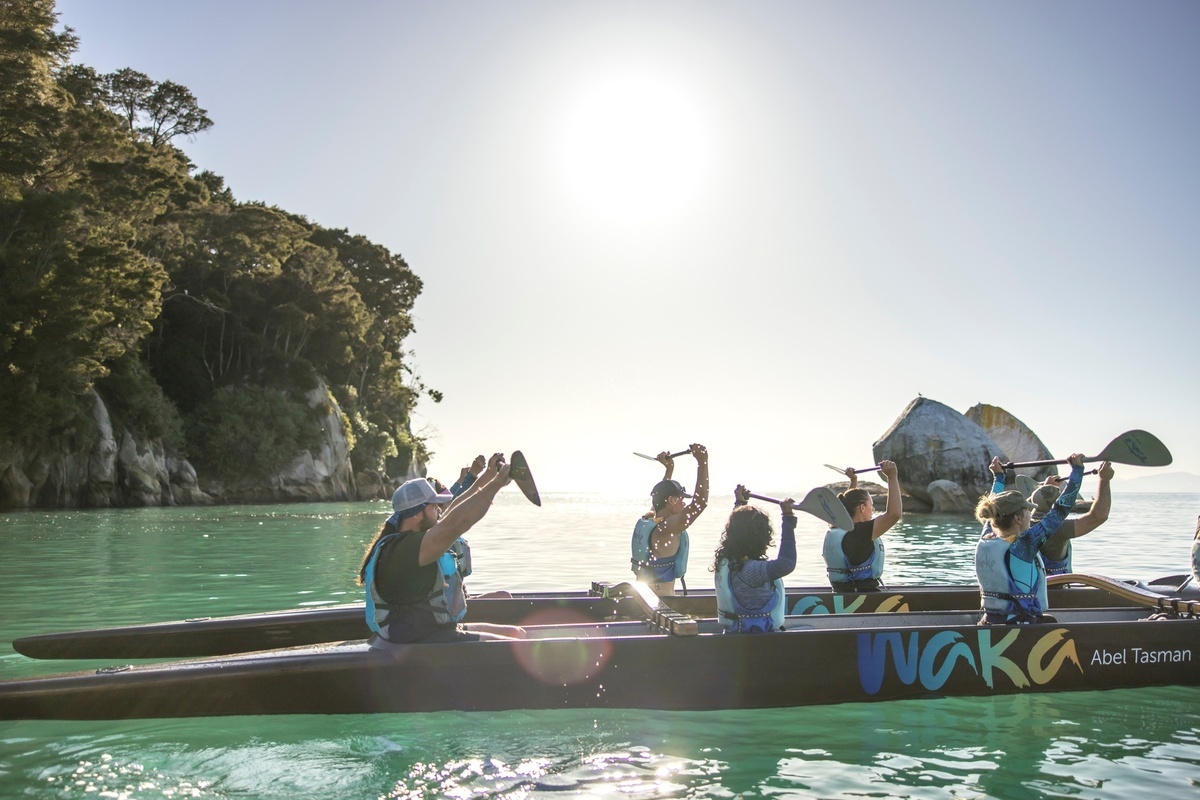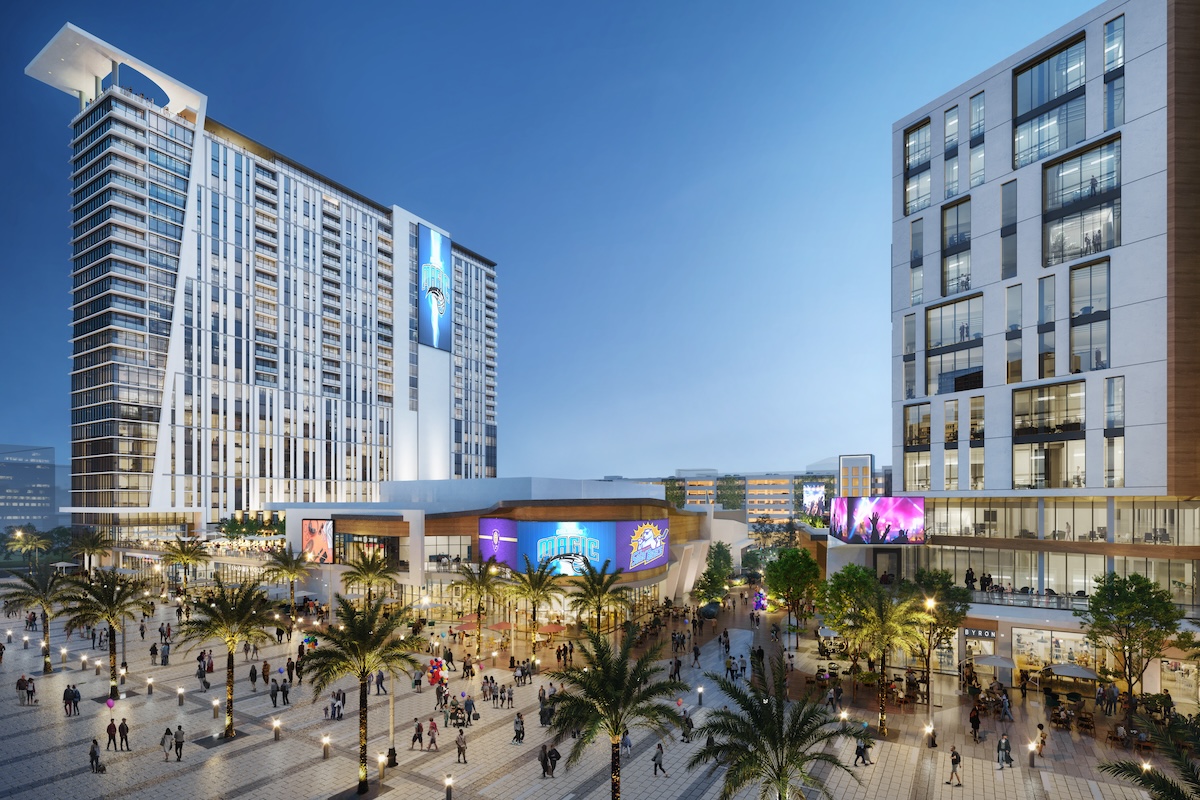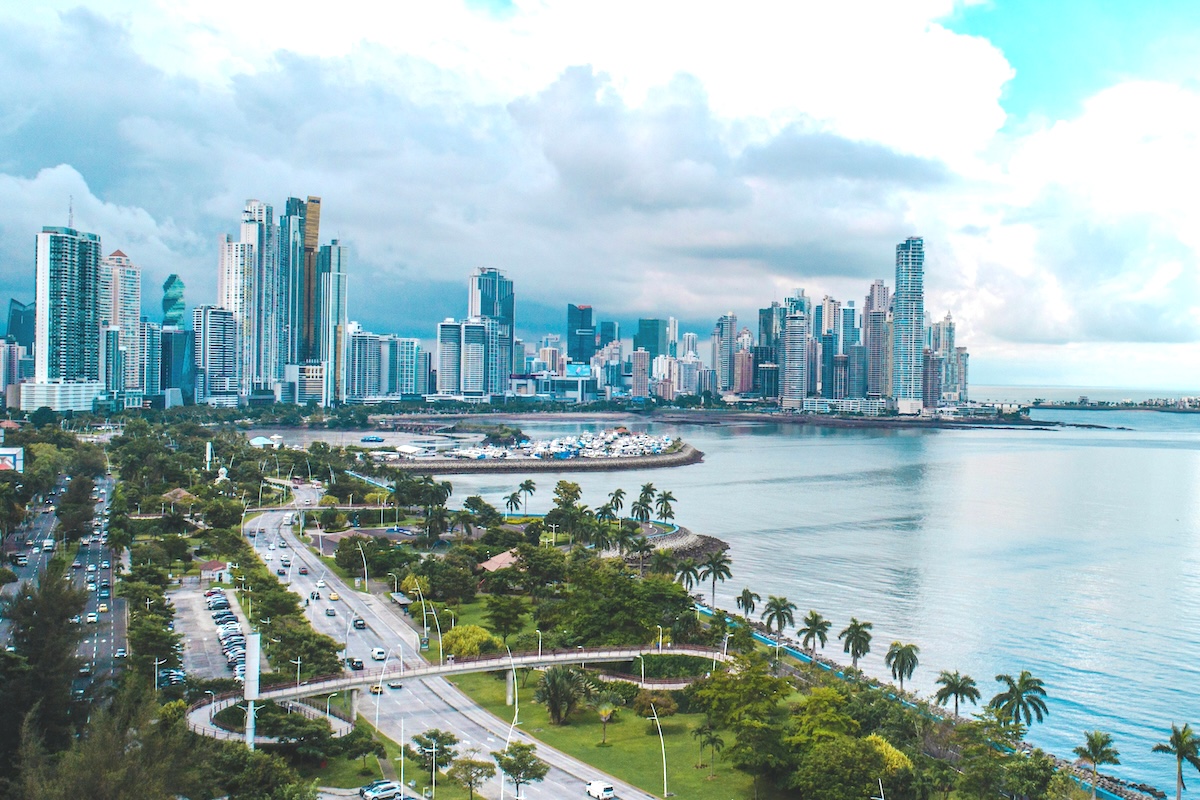Skift Take
Strong destination partnerships enhance the effectiveness, reach, and overall success of business events.
Destinations have the power to transform groups by facilitating extraordinary experiences in unforgettable venues. But that is no easy task. There is a desire to seek unique destinations with cultural, sustainability, and legacy credentials that allay safety concerns. Finding the right destinations is one part of the equation. Another is working closely with destination partners.
We covered these themes and more at the Skift Meetings Destination Experience Summit. The full summit is now available for viewing on demand.

Dream Destinations Motivate
One of the most impactful ways to motivate groups is with destinations that may be personally unattainable. They have the allure and elements in place to motivate. Breaking out of the tried and true is a leap of faith, said Rajeev Kohli, joint managing director of Creative Travel India. When making the leap, destination partnerships with those on the ground are critical, said Ashley Lawson, vice president and co-owner of Achieve Incentives & Meetings.
Miguel Neves asked the two to share their top dream destinations — a tall order for two who have seen more than most.
Lawson picked Colombia, which has history, culture, and outdoor activities and is the homeland of coffee. “I think about great incentives as great dates. They should include two to three parts to get to know each other in different environments,” said Lawson. She recommends a few days in Cartagena in Colombia and then hopping on a flight an hour-and-a-half south to coffee country.
Kohli selected Nepal, a destination he is especially excited about right now. “It has culture, nature, and mountains,” he said. He dared planners to go off the beaten path and work with exotic destinations. “A planner needs to make one leap to an exotic location […] once they make that move, their life changes,” said Kohli.
Sustainability Can’t be Overlooked
New Orleans is a city that is building a sustainable future. Stephanie Turner, senior vice president of convention sales and strategies at New Orleans & Company, and Tim Hemphill, chief commercial officer of the New Orleans Ernest N. Morial Convention Center, shared what the city is doing.
New Orleans is a place where life is celebrated daily and a destination that ensures those joyous moments leave a positive legacy. For example, Coalition to Restore Coastal Louisana (CRCL) is rebuilding its coastline with recycled oyster shells collected from 24 restaurants. This initiative has already protected 8,000 feet of disappearing shoreline. Another example is Glass Half Full which collects glass waste that is pulverized into sand and used for coastal restoration. These two programs that are making an impact are also available as group activities.
During this year’s Mardi Gras, a pilot program collected and recycled more than 1,500 pounds of aluminum, 1,500 pounds of glass, and 11,000 pounds of beads.
“We are trying to create concentric circles where everything benefits the community, the coastline, the atmosphere, and the visitor and local economy,” said Turner.
In its ongoing commitment to sustainability, the convention center has achieved its first Leadership in Energy and Environmental Design (LEED) Gold certification.
Turner emphasized the importance of starting simple. “The word sustainability seems big, and it is,” she said. “Start with your RFP. It’s the best place to ask what is happening at the particular property and what your needs are.”
Destinations Partnerships Help Prioritize Attendee Safety
A top priority when hosting meetings and conventions is attendee health and safety. Kelly Curtin, executive vice president of membership and destination services at New York City Tourism + Conventions, Kristen Adamo, president and CEO of the Providence Warwick Convention & Vistors Bureau, and Nicole Rogers, executive vice president and chief sales officer, San Francisco Travel Association addressed this issue.
Ambassador programs help keep the areas around convention centers safer. Providence has a program in place. “Our convention center takes an active role, not a passive one, in ensuring we are safe and secure,” said Adamo.
San Francisco has a welcome program in place that includes 80 to 100 ambassadors dressed in orange to welcome workers and convention attendees. There are four other safety ambassador programs in place in the city.
Providence has taken this one step further and has created marketing campaigns to increase foot traffic in the convention center area of the city. “One of the best deterrents to crime is having a critical mass of people,” said Adamo.
Collaboration is key. In San Francisco, the mayor’s office, police department, DA’s office, and more work together. In New York, a security leaders group continues to connect stakeholders that came together to ensure safe meetings during the Covid pandemic. Their focus is now on sharing security information across different major city venues.
TED Shows How It Is Done
Vancouver and the annual TED conference have become synonymous to Claire Smith, vice president of sales and marketing at the Vancouver Convention Centre; Monique Ruff-Bell, head of events at TED; and Nicola Kastner, founder of The Event Strategist.
In April, Kastner traveled to Vancouver to experience the TED Conference. “We’ve all been asked to make our events more TED-like. Unless you have experienced it, you can’t understand what that means,” said Kastner.
Ruff-Bell explained some of the ways TED surprises and delights. Building community and personalization are two key points that make the TED experience unique. “TED puts the attendee at the heart of all it does. “Every single touch point matters to us,” she said.
Being part of TED has inspired Smith. “I respect that TED came to Vancouver and didn’t say this is how we run an event. They integrated it into the community and to reflect the destination,” said Smith.
Kastner was impressed with how TED builds communities before the event via WhatsApp groups. “I had a community by the time I arrived,” she said. “That group is still incredibly active, and this can be so easily replicated at all of our events.”
From the moment she entered the convention center, Kastner was inspired. “I was welcomed at the base of the stairs, and by the time I got to the top, someone was standing there with my name badge and swag bag.”
The bottom of each name badge featured an “Ask me about.” Kaster’s was personalized with growing tomatoes. Ruff-Bell’s was about her macaroni and cheese. “We can bring things like this into our own experiences to make attendees feel special,” said Kastner.
Destination Partnerships Enable Cultural Exchange
Performances, including the haka and traditional carvers and weavers, are some of New Zealand’s unique cultural offerings. Nature is also part of the country’s distinct appeal, with a visit to the Te Puia geyser offering attendees a view of the largest active geyser in the Southern Hemisphere.
Destination partnerships provide an easy way to connect with local nature and culture. “Lean on destination partners to really connect and curate these unique opportunities for the program,” said Sarah Handley, general manager of Americas & Europe at Tourism New Zealand.
Legacy is also a focus of New Zealand. Handley encourages planners to “go beyond leaving just footprints, but making sure that they leave the local community and environment better than they found it.” One unique initiative highlighted involves preparing school lunches for the local community.
Handley highlighted that although New Zealand always feels distant, it is only 13 hours away from Los Angeles, and there are currently seven direct flights from North America to New Zealand. With blended travel more popular than ever, the country works well for those wanting to combine tourism and remote work.
Strategic Destination Reinvention Is Crucial
CES, the annual technology show organized by the Consumer Technology Association (CTA), has called Vegas home for the last 45 years. It is one of the largest shows in town, and it’s not going anywhere. CTA CEO Gary Shapiro manifested his love for Las Vegas, from venues to the staff and their dedication to the business. “Business gets done, and there no question about it,” said Shapiro.
Keeping CES happy in Las Vegas involves a lot of work, and much of it depends on understanding client needs. “How do we keep people [clients] staying in Las Vegas? We listen to our customers,” said Lisa Messina, chief sales officer for the Las Vegas Convention and Visitors Authority (LVCVA). This is a big part of Vegas’ reinvention efforts. “We are constantly reinventing ourselves,” said Messina.
In terms of challenges, Shapiro highlighted transportation issues, including road closures, that make it difficult to move around the more than 100,000 attendees that come to CES. Reliable Wi-Fi and high hotel occupancy are also concerns, but what keeps the CES CEO up at night is rising costs. In particular, the compounding effect of rising costs across different areas. “There’s a bit of a cliff effect that concerns me,” said Shapiro.
Las Vegas has multiple new and refurbished venues coming online in the next 12 months. The city is also investing in attracting sports teams, adding to the city’s appeal. Most planners and show organizers, including Shapiro, see this positively. In the meantime, construction presents inconveniences, and planners will need to book venues and hotels well in advance if they are to take full advantage of the city’s most desirable properties.
Photo credit: Cody Board / Unsplash





